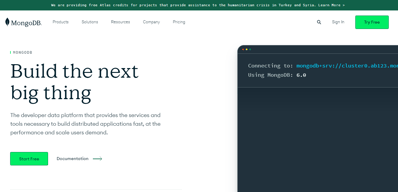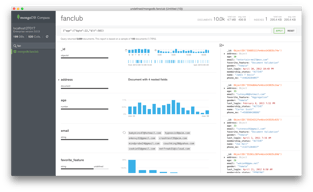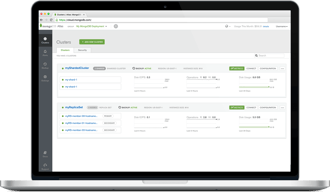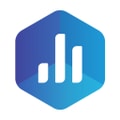

Unclaimed: Are are working at MongoDB ?
MongoDB Reviews & Product Details
MongoDB is a NoSQL database that supports scalable, and high-performance data storage solutions. The platform’s automatic sharing features combined with real-time analytics and horizontal scalability empower businesses with efficient data management.

| Capabilities |
|
|---|---|
| Segment |
|
| Deployment | Cloud / SaaS / Web-Based, Desktop Mac, On-Premise Linux, On-Premise Windows |
| Training | Documentation |
| Languages | English |




Compare MongoDB with other popular tools in the same category.

I am using mongoDB to build available and scalable internet applications. Being a student it is really helping me to do software realated things easier and in quicker way.
There is nothing to dislike about this organization as it is providing reasonable quality service to its customers and i hope no one dislikes it .Thank u mongoDB
MongoDB allows me to store data in a flexible and dynamic way, making it easier to adapt to changes in my application's data model over time.It is designed to scale horizontally across multiple servers.
The fastness with which I can manage my unstructured data is the best. And no restrictions towards the schema, which enables me to create and manage my data very easily. Constructing complex queries, even with aggregation, is very simple. Finally, appreciate the compass for beginners
One of the advantages may become a disadvantage i.e. schema-less design for creating a collection may lead to chaos, once the data grows in leaps and bounds
We are using it for managing all our unstructured data, especially huge number of logs generated in our projects, by various applications and servers
Easy in migration. lightweight and fast environment. best for cloud deployments.
Not suitable for large enterprises. other than this everything is good.
NoSQL DB
it is very useful for the query language and easy to store the data and retrive the data from the data .
there very no dislike actually it is very helpful .
to store the data in the DB for the development purpose
MongoDB is the most straightforward NoSQL database interface, which helps us to resolve queries regarding the relational database approach. Also , till now I have not ever heard of any other platform for NoSQL as MongoDB.
The least helpful thing about MongoDB is limited data size, i.e., you cannot have a document size greater than 16 mb. Also, MongoDB doesn't support joins functionality which needs to be improved.
MongoDB solves problems like storing the data in the structured or unstructured form as it uses the JSON format to store the data. MongoDB helps businesses by providing high speed, it's speed must be 100 times faster than the relational databases.
It is free to use, well handled, easy to execute queries on , and has documentation that is widely accessible for every developer to look into and get help. it is also fast and well managed
Nothing much other than the known downsides of using mongodb, like the high memory usage, duplicate data, and dependency on indexes; however, in developing small to medium-sized projects, this has not been an issue for me.
mongodb is solving not having to build complex relational databases for small projects that do not need that complexity, the flexibility and high performance of mongodb are perfect for such jobs
MongoDB is the best NoSQL Database which provides to store your data in the form of documents, it's open-source and free to use. Supports all operating systems.
There one thing which I dislike about MongoDB is that it doesn't provide any UI by default, you have to install MongoDB Compass separately.
Since MongoDB is NoSQL database, it is very fast in case of large number of data compared to traditional SQL databases.
Likes everything about it. Documents, Schema Agnostic, Query Language, Powerful Schema design Patterns, Transactions, Change-Streams , so full packed with feature you can not imagine with any other database present today
I don't dislike it. I love it. It's so flexible that people often misuse it and think MongoDB is wrong, but it's a double edge sword. It would help if you were very careful while using it.
It's the central database in 99 percent of our projects. Best-in-class availability, scalability, easy-to-understand query language, simple concepts, robust, performance
I have used MongoDB for a project to develop an application, and it made it easy for us to connect mongo through the MAC terminal and directly retrieve the database and perform operations. I have got used to using mongo through my terminal, and I feel it's the best I like.
The front-end application for the project, it does not have many options inbuilt with in the MongoDB application and this makes it hard and lengthy to connect with other applications.
My experience with mongo DB is limited to a course and two projects I have worked on it. One project was good an successfully done, but other one had problems, so essentially it depends on what kind of project you are working on MongoDB
MongoDB is no SQL Database, MongoDB has rich UI (Mongo Atlas and can be integrated with Nodejs and Java back end with Mongoose Library. It is easy to learn and commands are self-explanatory. Performance is high , distributed to multiple databases.
Working with joins is not so easy; high memory usage, and it isn't easy to understand the sharding concepts
Our data is unstructured data, and our project needs real-time analysis and scaling and it can be integrated with java or nodejs
